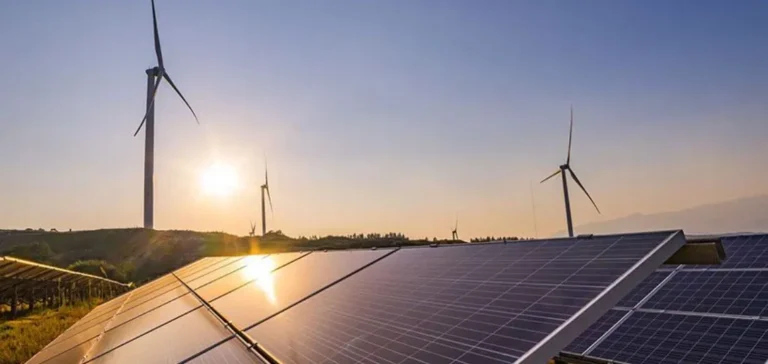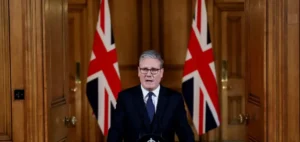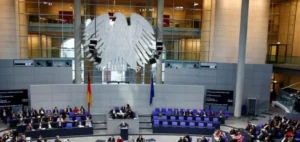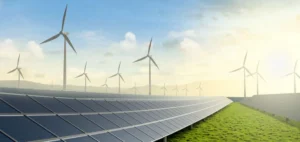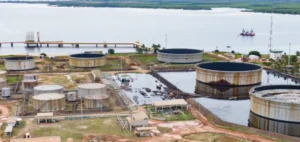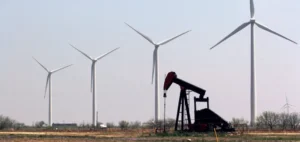Brazil plans to install an additional 76 gigawatts (GW) of solar and onshore wind capacity by 2035, according to the latest “Brazil Long-term Power Market Outlook” report published by the British consulting company Wood Mackenzie. This expansion is mainly encouraged by projects seeking to benefit from tariff reductions on electricity transmission and distribution costs, and by the anticipated growth of distributed solar installations, expected to increase at a compound annual growth rate (CAGR) of 5.5%.
Slowdown due to regulatory and technical constraints
Despite this significant potential, the pace of renewable energy development in Brazil is currently slowing compared to previous years. This deceleration is attributed notably to a surplus of electricity on the market, higher customs tariffs on photovoltaic modules, new charges associated with grid usage, and operational challenges faced by regional distributors.
Marina Azevedo, senior power analyst at Wood Mackenzie, notes that “due to the extension of tariff subsidies, renewable energy producers are postponing their business strategies until regulatory uncertainties are resolved and pricing conditions become favourable again.”
Alarming increase in curtailment in the Northeast
According to the study, the average curtailment rate for renewable energy in the National Interconnected System (Sistema Interligado Nacional, SIN) will reach 8% over the next ten years. The Northeast will experience the most significant impact, with curtailment forecast at 11%, compared to only 2% in the Southeast and Centre-West regions.
“The development of Brazilian infrastructure is unable to keep pace with the rapid increase in energy supply anticipated for this decade, especially during peak solar generation hours between 8 a.m. and 5 p.m.,” explains Marina Azevedo. “Despite the scheduled addition of 11 GW in transmission capacity by 2029, including the new Silvania-Graça Aranha bipolar line, curtailment rates will continue to rise sharply.”
Battery storage: a necessary but costly option
The report indicates that the increased use of battery storage systems, combined with continued transmission capacity expansion starting in 2032, will be essential to curbing curtailment growth. From then on, greater battery availability and technological advancements enabling longer storage durations could stabilise curtailment rates.
Fernando Dorand, analyst at Wood Mackenzie, specifies that “adding new transmission capacity alone will not completely solve the growing curtailment problem. Demand response measures and battery storage systems will be necessary to absorb the energy surplus in the Northeast. These batteries will allow producers to valorise surplus energy through energy arbitrage opportunities.”
The report nevertheless stresses that these technologies remain costly and require an appropriate incentivising regulatory framework. A potential delay in the auction specifically focused on energy storage could further worsen curtailment forecasts for the region.


